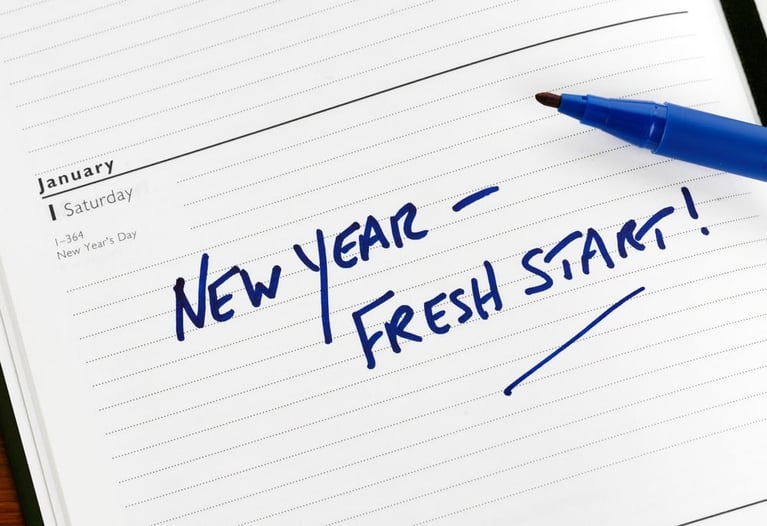What do the most successful organizations all have in common? The answer to that question used to be “the best and brightest people.” But hanging on to antiquated beliefs about intelligence may be the very thing that holds your organization back. Technology, innovation, and disruptions are changing the skills and knowledge we need faster than we can keep up. Individual smarts just aren’t enough.
I’ve written before about the difference between an all-star team and a team of all-stars. Building the collective brainpower in your organization isn’t as simple as bringing the smartest people together on a project. Trust, diversity, and collaboration are all essential to leveraging collective intelligence. The value of diversity isn’t new. There is a wealth of economic research showing that diverse cities experience greater economic growth and multi-cultural organizations grow at faster rates than monocultural organizations.
Introducing cognitive diversity.
Shane Snow, the author of the book Dream Teams maintains that the best teams “have people who think differently, are fully willing to engage, debate, bring their full selves to the party.” But this can be tough if folks on the team lack the psychological safety required to ask questions, raise issues, or challenge the status quo. A fundamental element of psychological safety as it relates to team dynamics is having an awareness of not just how our words and actions impact the team but how our words and actions will be received by the team.
The best leaders build teams that disagree. But it takes a very different skillset to create the conditions for disagreement to work as an advantage.
Understanding what elevates or undermines teamwork is both art and science. The science lies in our innate psychological and neurological responses to trust, belonging, and inclusion – or a lack thereof. The art is finding the right balance between organizational goals and personal motivations, cultural norms and individual personalities, intellectual tension and group consensus.
What is the best way to inspire team members?
What is the best way to address personal conflicts?
What conditions enable every team member to collaborate and contribute?
People are human and they bring their emotions, personalities, and cognitive biases to every exchange. We have all experienced that communication breakdown that happens when someone pushes back on an idea or points out potential pitfalls in a plan. Dysfunctional teams get stuck in emotional conflict. The highest functioning teams focus on emotional awareness as a vehicle to promote inclusion, trust, and belonging and cultivate an environment that inspires contributions from every member on the team.
The research is clear: healthy, diverse teams have a greater chance of solving problems, overcoming obstacles and making smarter decisions than teams comprised of people with similar skills, backgrounds, and interests. A study from the University of Michigan found that a group of average problem solvers with diverse backgrounds and perspectives will outperform a group of high-performing problem solvers with similar backgrounds and perspectives. The reason is simple: teams that value diverse ways of thinking will generate more ideas. The more ideas a team develops, the more avenues they open to innovation, ideation and solutions.
Teams with a strong sense of awareness have a more inclusive culture where team members can more easily navigate challenges, conflicts and interpersonal dynamics. There are three types of awareness, and the level at which they are exercised determines the effectiveness of the team.
Self-awareness is the ability to recognize your emotions and the root cause for feeling them. For example, perhaps you reached out to a colleague for information you need. Numerous polite requests have gone unanswered and you’re feeling frustrated and anxious about not being able to complete your project. The more we’re able to identify our emotions and the source of them, the more we can communicate what we need.
Co-awareness is identifying and understanding the emotions of others and the impact your words or actions may have on them. For example, are you able to recognize when a team member is making small mistakes because they have too much on their plate? People with high levels of co-awareness are able to empathize with others and notice when they aren’t performing at the top of their game. Instead of letting them struggle alone or calling them out for their shortcomings, co-awareness puts you in their shoes and prompts your help rather than criticism.
Situational awareness is understanding not just yourself and your teammates but also the current situation. For example, might a team member who works remotely have different communication needs than a person who works in the office each day. Taking a moment to recognize that information or context may be missing for those who don’t share the same physical space can change the way should you address information sharing practices and help you avoid misunderstandings caused by poor communication.
While diverse teams include people from various demographic backgrounds, the construct of diversity as a necessary component of high-performing team dynamics encapsulates so much more. High-performing teams embrace cognitive diversity – a range of perspectives, problem-solving, and mental models. Diversity of thought creates intellectual tension. Cultivating intellectual tension that adds value rather than creates conflict requires emotional awareness of self, of others, and of the current situation. Teams will thrive when the focus is not on being right, but on growing collective intelligence through individual contributions.









